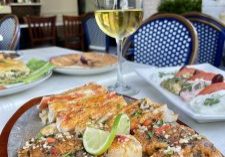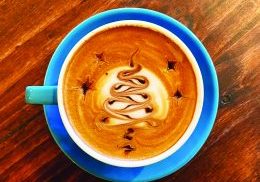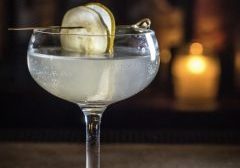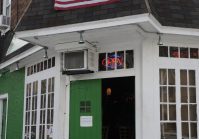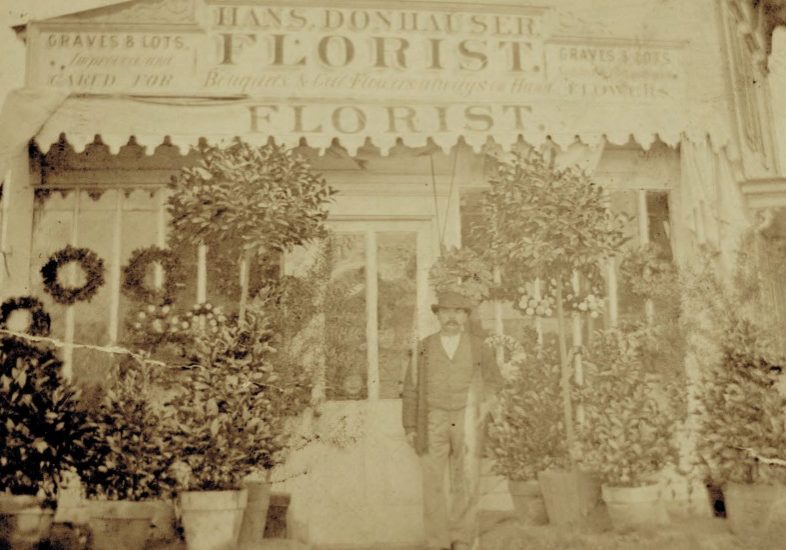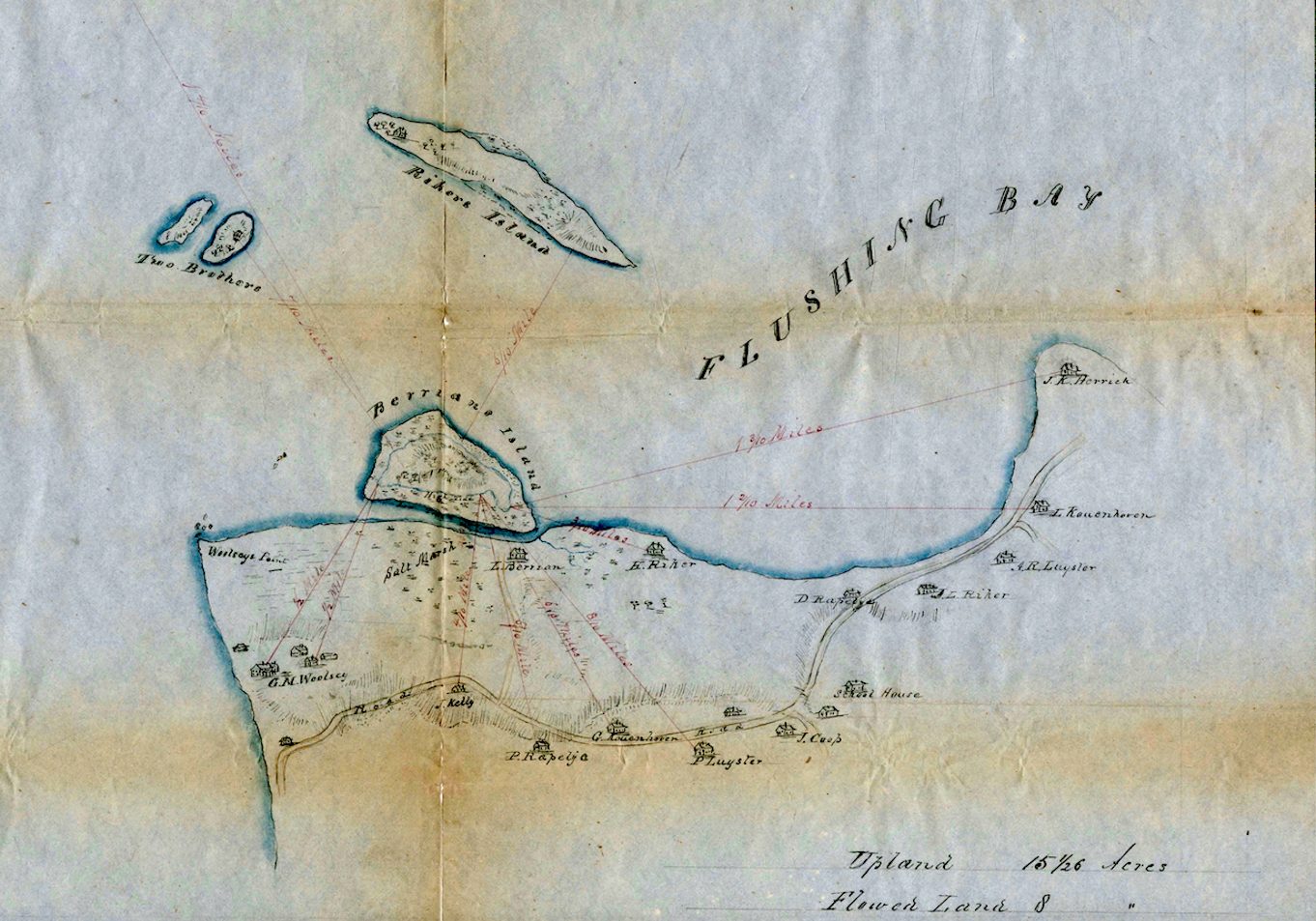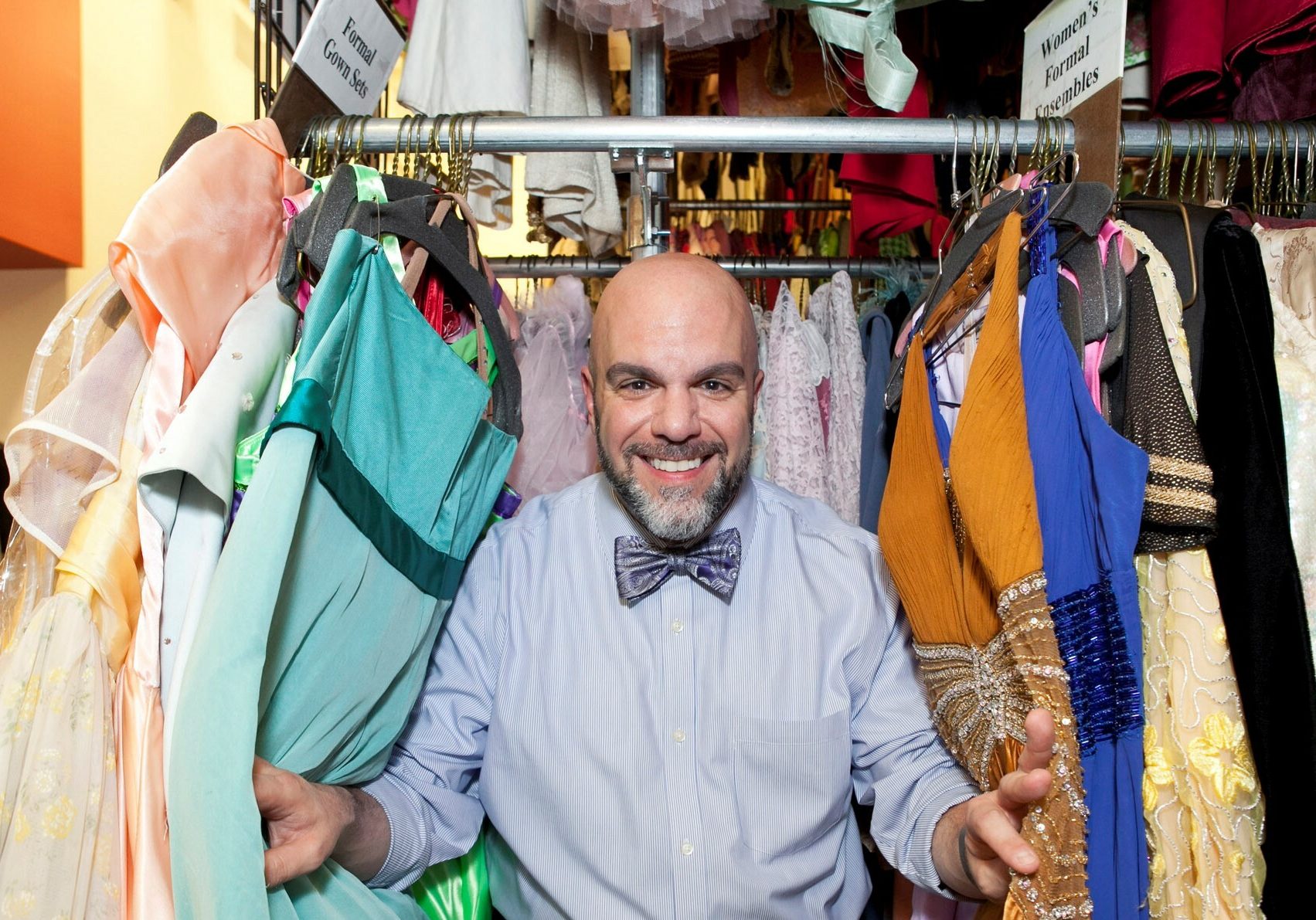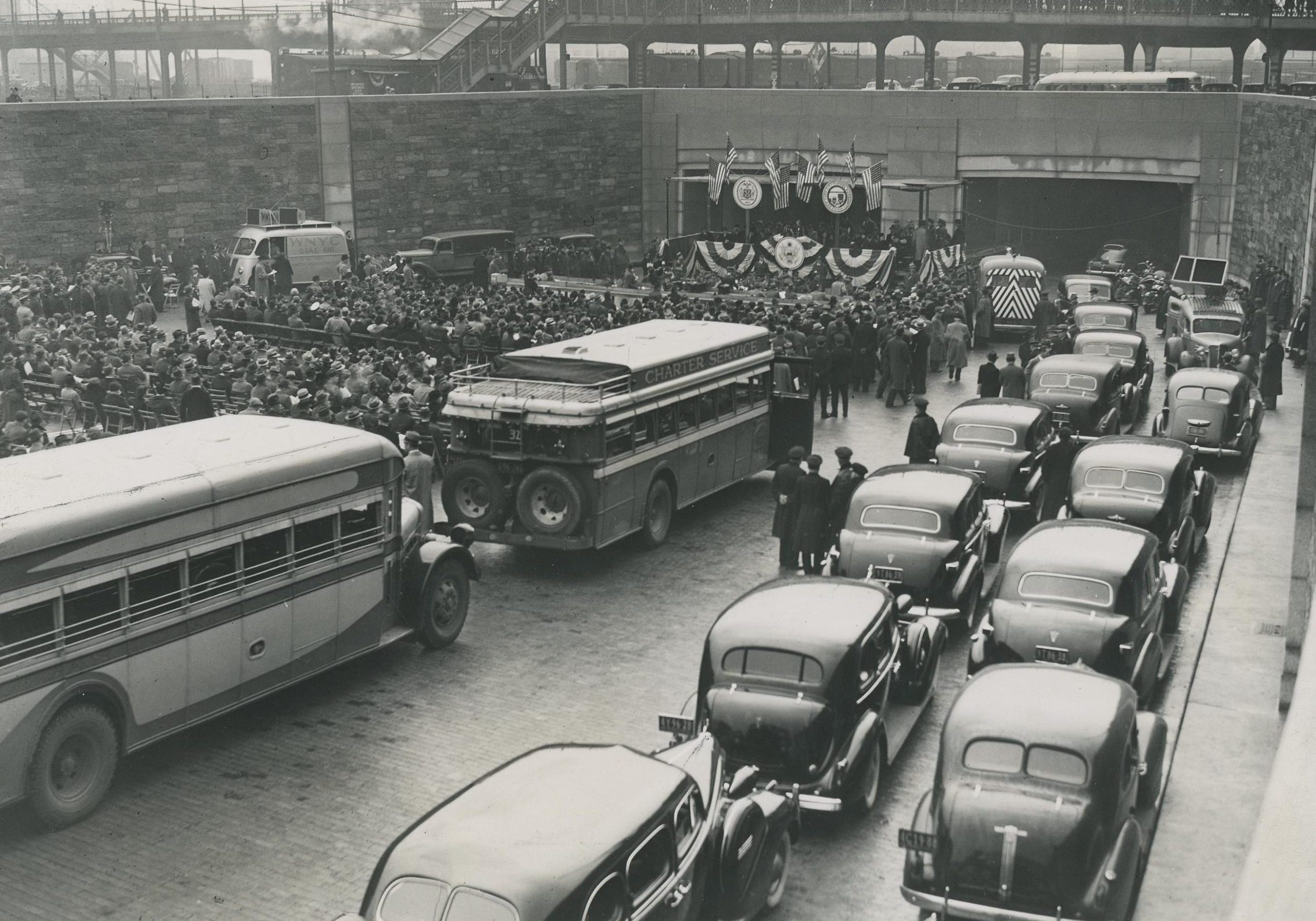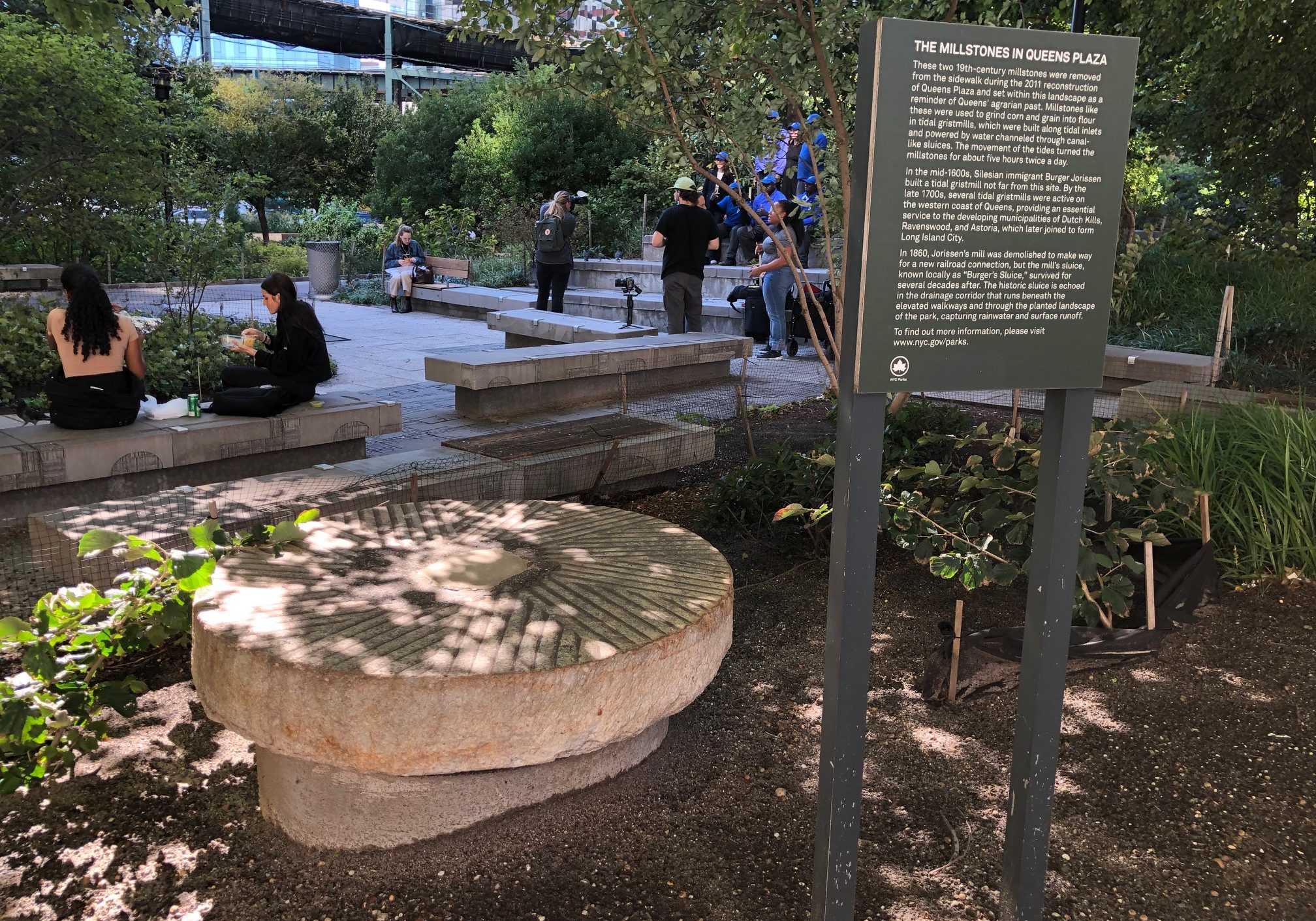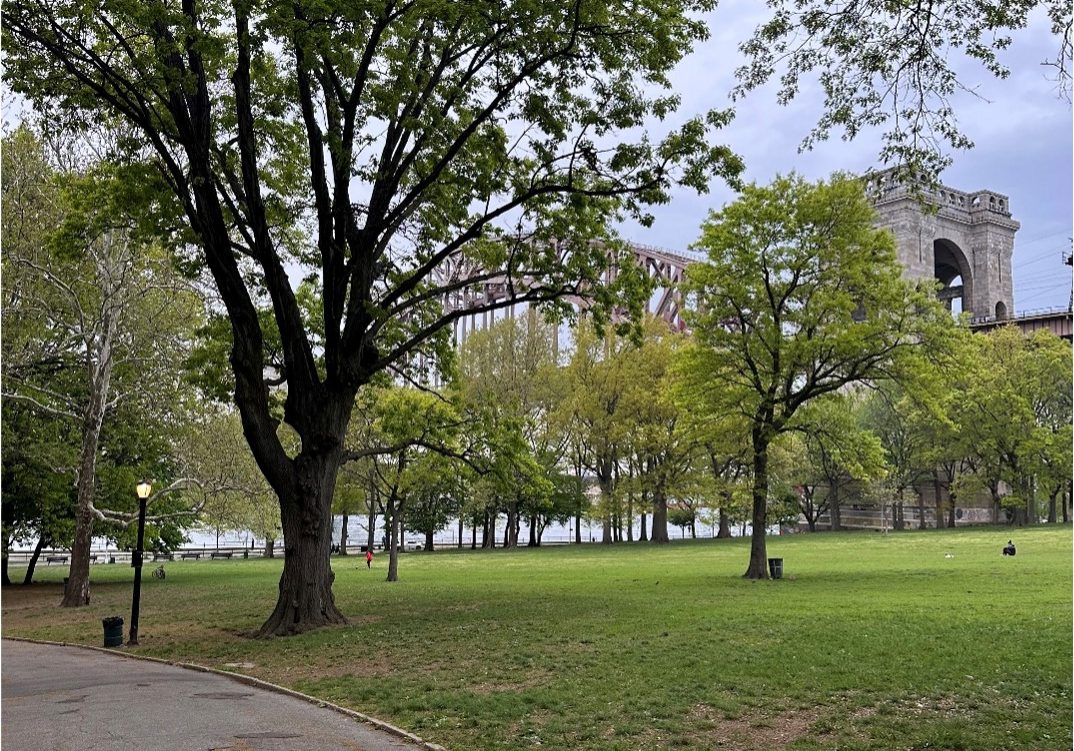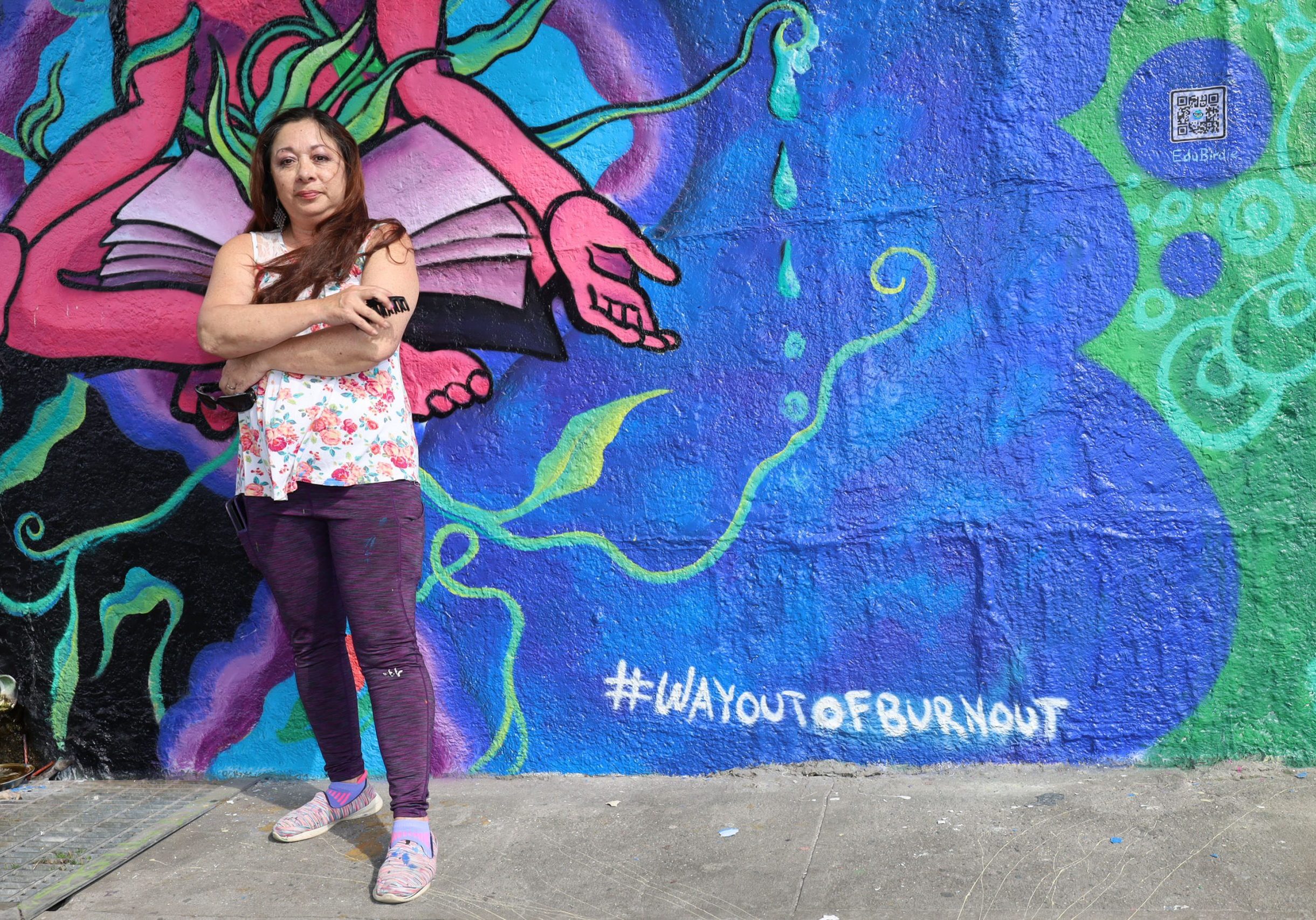Old School Love: Valentine’s Day of the Past
This year’s Valentine’s Day will surely be a deviation from the standard day of love and romance that we’ve all become accustomed to. Social distancing and the threat of rising COVID-19 infection rates are unfortunately deterring people from going out and meeting that special someone. And for those who have already found theirs, the closure of restaurants, movie theaters and clubs will make for a nice, quiet evening at home on the most romantic day of the year. While we all figure out how to navigate this holiday in these unprecedented times, it may interest some to know that Astoria has already had its fair share of particularly memorable Valentine’s Days.
On February 14, 1906, music aficionados braved the winter cold of Schuetzen Park and Beer Garden at the northwest corner of Broadway and Steinway Street to witness a live musical performance; local musician, Kathryn Shaw, did not disappoint her fans with her renditions of Edward German’s “Daffodils A–Blowing” and Richard Wagner’s “Dich Theure Halle.” Earlier that day, Schuetzen Park was also the venue for the new sport of basketball, pitting local club teams, the Knickerbocker Five and the Warwicks, against squads from Flushing High School and DeWitt Clinton High School. The matches were usually low-scoring affairs and passing, not dribbling, was the primary means to move the ball. In some games, players still scored by shooting the ball into the peach basket which gave the sport its name.
On February 14, 1912, Astoria native George Hutton, who had just turned 80, stopped by the bar at the Broadway Hotel to find his old friend Jack Pearsall, also 80, sitting at the bar enjoying a cold beer. With this chance encounter having fallen on the one day a year that celebrates love and friendship, this reunion couldn’t have been more appropriate. Hutton and Pearsall parted ways in 1860 after they both fell for the same woman, and the bitter rivals hadn’t spoken in 52 years. Upon seeing him, Hutton called out to his old pal Pearsall, who recognized him right away. Hutton exclaimed, “We’ve stolen apples and gone swimmin’ and sparkin’ and dancin’ together lots and lots of times. Although…it’s been more than 50 years since I saw you last.” The two friends enjoyed a pleasant evening at the bar and later, Jack drove his old friend George home in his horse and buggy and the two promised to put the past behind them and meet again.
And lastly, on February 14, 1940, engineers working on the Queens Midtown Tunnel announced that the two ventilation towers were almost finished. Twenty blowers in the Long Island City tower of the $58 million tunnel would pump a 45mph gale that would enter the tunnel through ducts at the bottom of the tubes and exit from the exhaust channel at the top. And speaking of strong gale winds, later that day, Queens Borough President, George U. Harvey, declared a winter weather emergency when almost ten inches of snow fell that night and into the next day. Across New York City, a small army of 38,000 men (5,500 in Queens alone) dug the city out of snow. After dozens of cars stalled out on the newly built Grand Central Parkway, the roadway was closed and cars were rerouted to Northern and Astoria Boulevards. Falling wires disrupted telephone and electric service throughout Queens. The whole borough, much like today, came to a complete halt.




